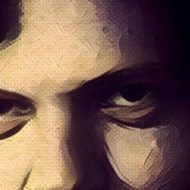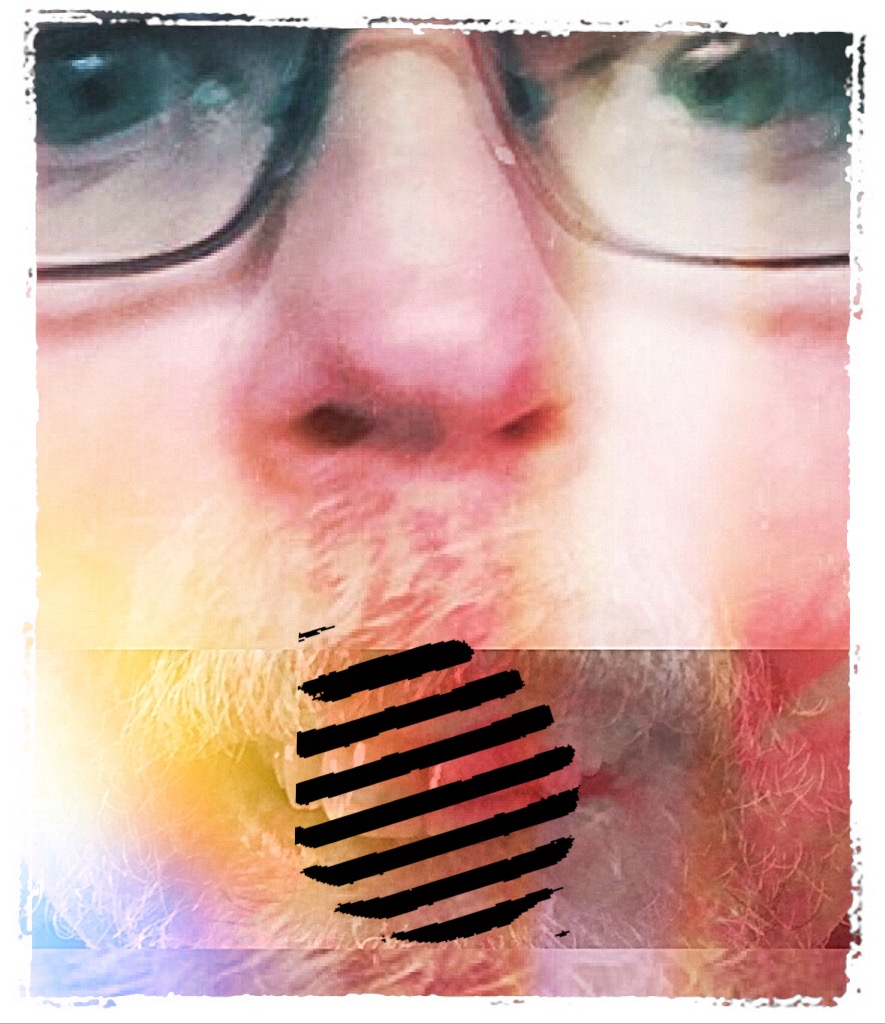I have spent the past several years making drawing on glass with the tip of my index finger on Apple iProducts.
There is an attraction drawing with “liquidlight*” on glass with so many clever apps that play with our visual perceptions by making brush strokes appear with texture when there is none.
The last exhibition at the Nan Geisse Gallery exhibiting my digital drawings was interrupted by Cyclone Carlos in (February 2011).
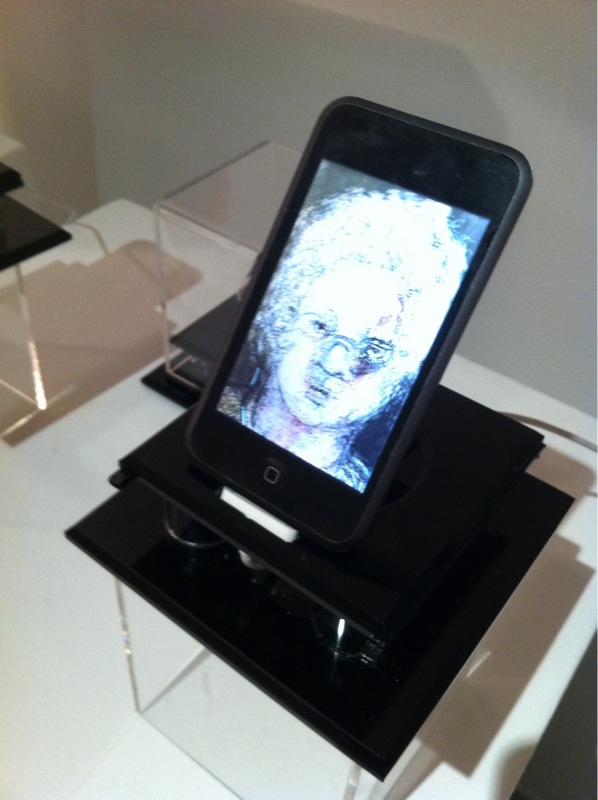
So, what defines “real” paintings and drawings in the 21st century?
Depth of materials?
An aesthetic
Substantial substance
Immutable form?
Traditional craft?
saleable
Google has been capturing the World’s museums and art in a digital reality, readily available to most of us. The internet is proliferated with digital images at an ever growing rate. We are drowning in art.
Thinking about Digital art and Rothko
I’m not sure how some of Rothko’s work fits in this digital universe. It is a dilemma faced by many artists trying to establish “real” painting in this digital world.
The images of Rothko’s paintings published in books or on the internet don’t work for me-this is also personal, as it also applies to my own wet works-“insert smile”.
My view of Rothko’s paintings changed* in 2009 after coming across his painting hanging in the Pompidou Centre titled “Untitled (Black, red over black on red)”.
Note* . These words are partly for my granddaughter who is seriously learning the skills of classical painting.
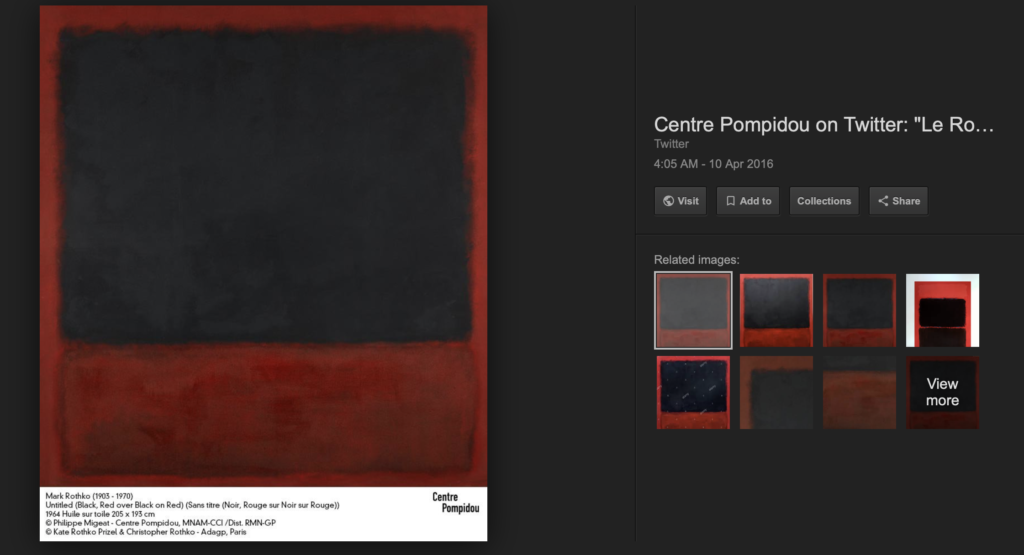
It was a shock to be emotionally moved by a work of an artist I was not usually attracted to. There I was, standing in an architectural icon of the 80’s, looking “into” a work of an artist I had always dismissed. I was transfixed before the painter’s palette. I literally fell in love with his layered paint.
This experience has not happen whenever looking at his work published in a fine art book or viewed on a high resolution screen. Now with back lighting, who knows? But then it is an image I cannot really touch or deface.
A new visual language is in play with the steel jaws of convention snapping at practitioners.
There are one or two well established artists who are playing with liquidlight, such as David Hockney. He is working the “grid” but lapses into the known . And, good on him.
Playing with Rothko
The memory of Rothko’s “untitled” hanging in Paris jarred my finger into rendering a homage to Rothko on my iPad. (Flickr post 2010).
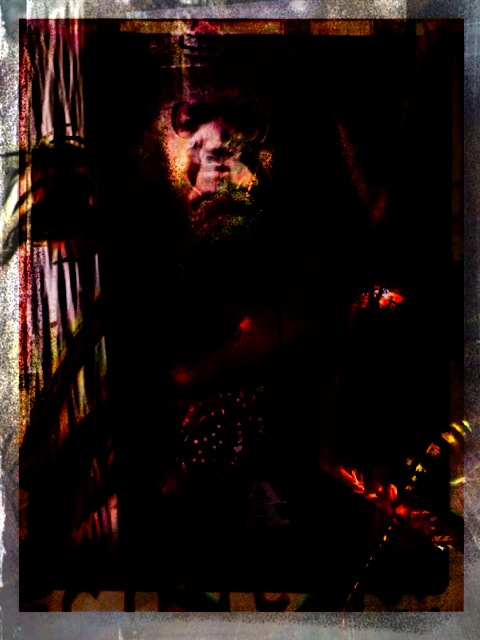
Layer 1-Rothko 1 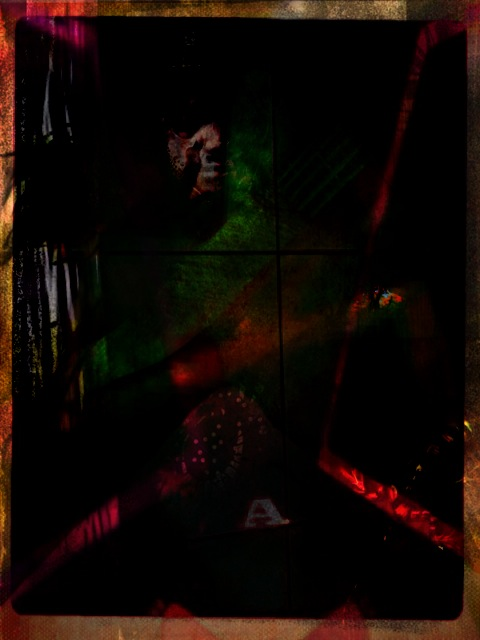
Layer 2. Rothko2 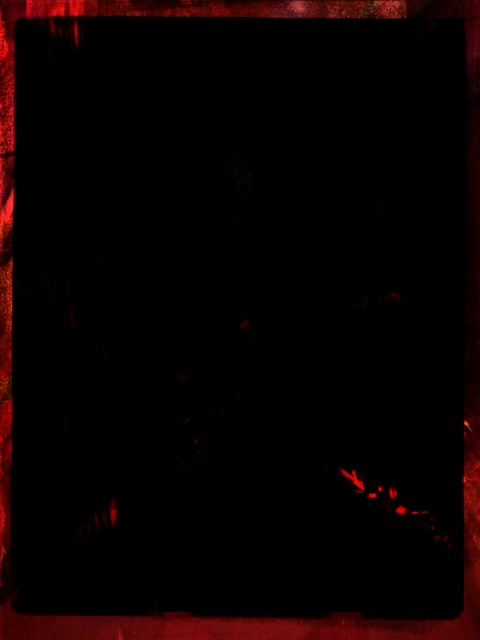
Layer 3. Rothko 3 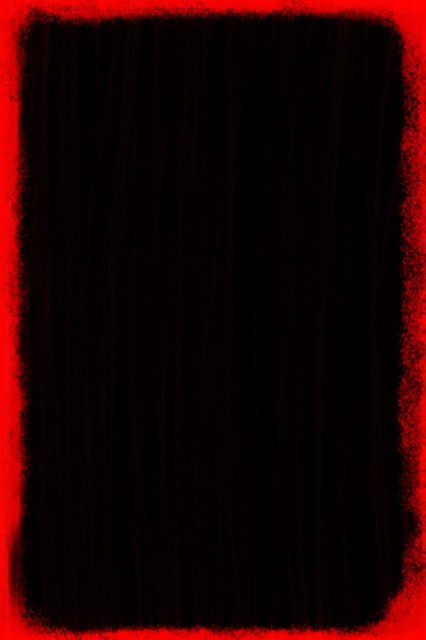
Final layer_ Suddenly musing on Rothko’s “UNTITLED Black, Red on Black” after a couple of decades passing. ( c) 2010
Conclusion: This digital image is missing texture and space, even though there are hidden images only known to the artist.
*Note: Hat tip to Benjamin Rabe for coining “liquidlight” without a darkroom.
